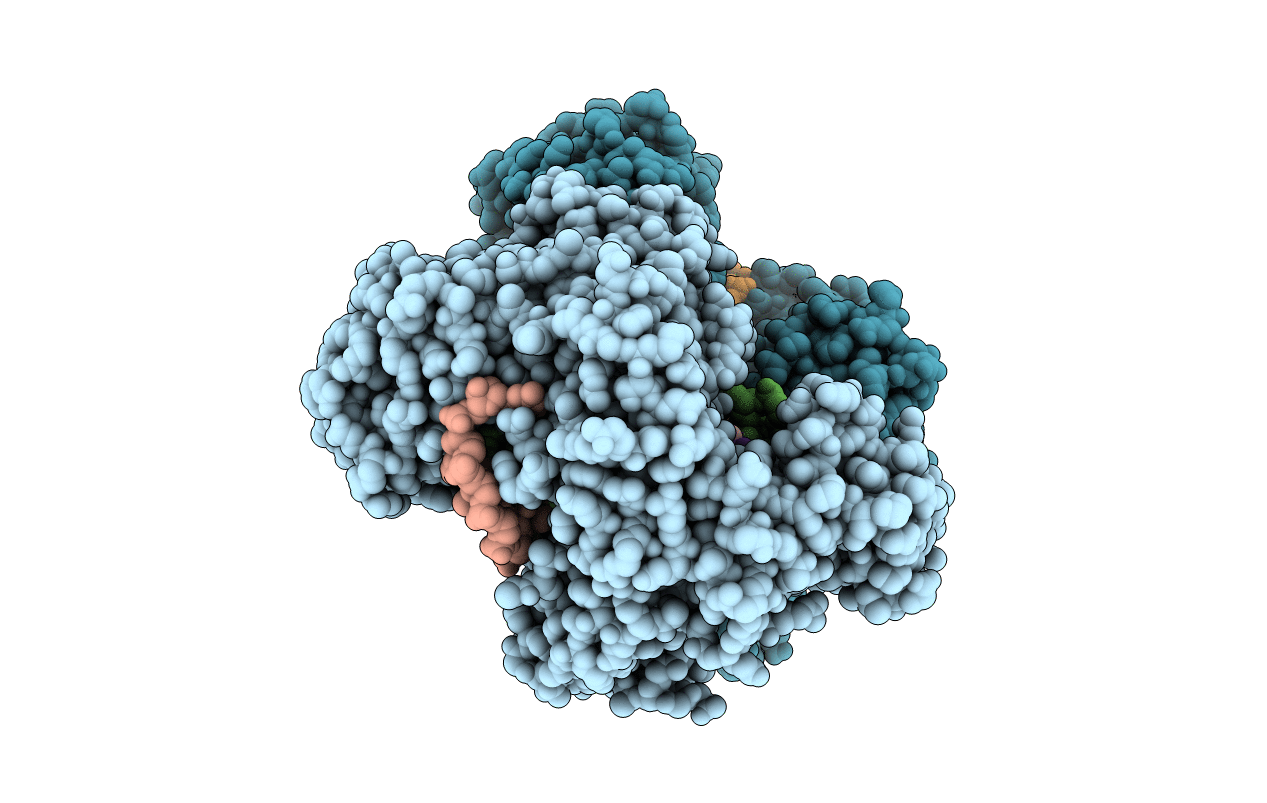
Deposition Date
2013-05-14
Release Date
2014-01-29
Last Version Date
2024-05-29
Entry Detail
Biological Source:
Source Organism:
Thermus thermophilus (Taxon ID: 262724)
synthetic construct (Taxon ID: 32630)
synthetic construct (Taxon ID: 32630)
Host Organism:
Method Details:
Experimental Method:
Resolution:
2.41 Å
R-Value Free:
0.23
R-Value Work:
0.19
R-Value Observed:
0.19
Space Group:
P 21 21 21


